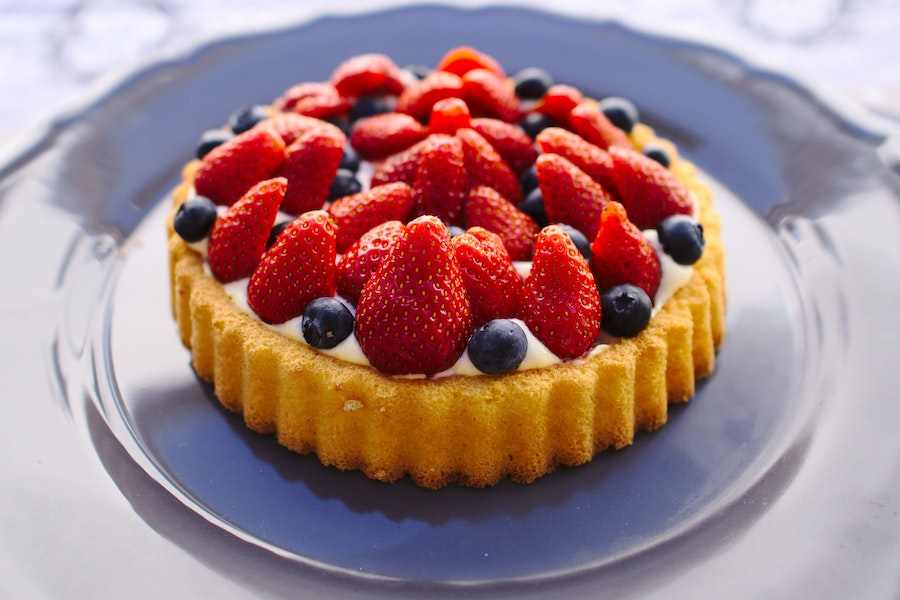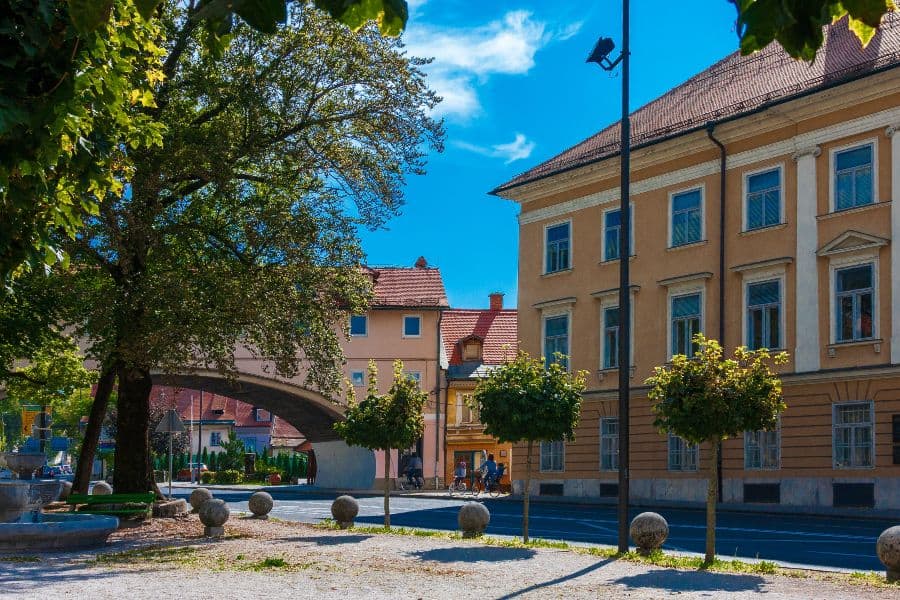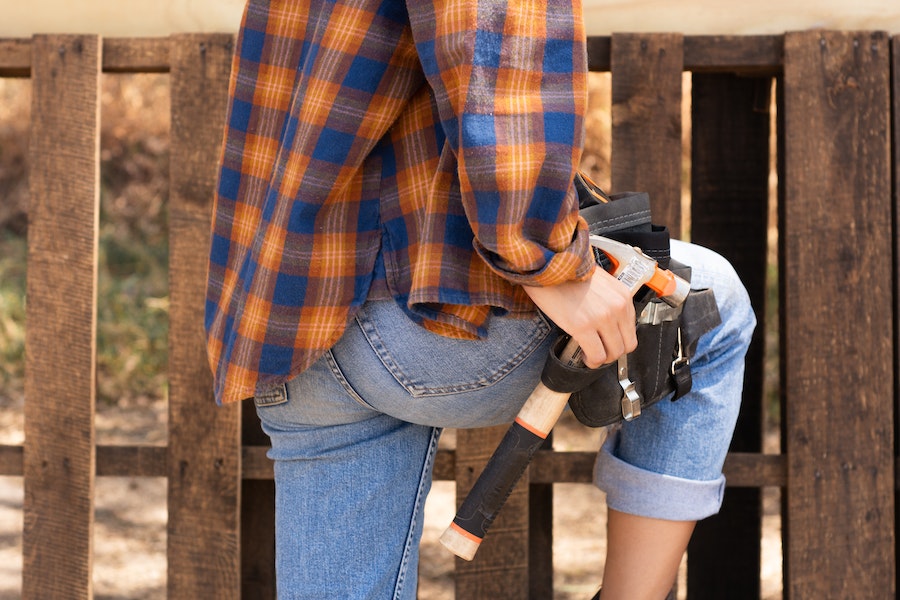Strawberries, with their vibrant color and sweet taste, are a favorite in gardens and kitchens alike. However, to enjoy a bountiful harvest, understanding the art of pollination is essential. Pollination is the process that allows these luscious red berries to grow and thrive. In this article, we will delve into the intricacies of strawberry pollination, exploring the role of pollinators, techniques for successful pollination, and sustainable practices that not only benefit your strawberry crop but also contribute to the well-being of the environment. Get ready to unlock the secrets of growing plump, juicy strawberries right in your own backyard.
How To Pollinate Strawberries?
Understand the Basics
Learn about the anatomy of strawberry flowers and the importance of pollination for fruit production.
Choose the Right Varieties
Select strawberry varieties that are known for their suitability to your climate and pollination requirements (self-pollinating or cross-pollinating).
Attract Natural Pollinators
Create a pollinator-friendly environment in your garden by planting flowers that attract bees, butterflies, and other pollinators.
Optimal Plant Placement
Space strawberry plants appropriately to ensure good air circulation and easy access for pollinators.
Hand Pollination (if necessary)
In the absence of sufficient natural pollinators, use a soft brush or cotton swab to transfer pollen from the stamens to the pistils of strawberry flowers.
Timing is Key
Pay attention to the flowering period of your strawberry plants and ensure that they are well-pollinated during this time.
Maintenance and Care
Provide proper care, including watering, fertilizing, and pest control, to keep your strawberry plants healthy and encourage successful pollination. By following these steps, you can improve your chances of a bountiful strawberry harvest in your garden.
Why Strawberries Need Pollination?
- Fruit Formation: Pollination is the process by which pollen (containing male reproductive cells) is transferred from the male parts (anthers) of a flower to the female parts (stigma) of the same or another flower. In strawberries, this pollination is necessary for the production of fruits. The pollen carries genetic information that combines with the female reproductive cells, leading to the development of seeds within the fruit.
- Fruit Size and Quality: Adequate pollination results in larger and better-formed strawberries. When more seeds develop within the fruit, it tends to be larger and juicier. Proper pollination also contributes to uniform fruit shape and fewer deformities.
- Fruit Yield: Without pollination, strawberry plants may produce smaller or misshapen fruits, and in some cases, no fruits at all. Adequate pollination is essential for a higher fruit yield, ensuring a more productive harvest.
- Genetic Diversity: Cross-pollination, which occurs when pollen from one strawberry plant is transferred to another, promotes genetic diversity within the strawberry population. This diversity can enhance the plant’s resilience to diseases and environmental changes.
- Flavor and Aroma: Pollination can influence the flavor and aroma of strawberries. Properly pollinated fruits tend to have a sweeter and more robust flavor.
- Seeds for Reproduction: While commercial strawberries are typically grown from runners (clones), wild and heirloom strawberry varieties rely on pollination to produce seeds. These seeds are essential for the plant’s reproduction and genetic diversity.
- Ecosystem Services: Strawberries, like many other crops, benefit from the ecosystem services provided by pollinators such as bees and butterflies. These pollinators help transfer pollen between flowers, ensuring the plants’ continued propagation.
The Strawberry Plant’s Reproductive System
The reproductive system of a strawberry plant is a fascinating process that plays a fundamental role in the production of its delicious fruit. At the heart of this system are the intricate structures found within the strawberry flower. Strawberry plants are hermaphroditic, meaning they have both male and female reproductive organs within the same flower.
In a strawberry flower, the male reproductive parts are called the stamens, and they consist of a slender filament topped with an anther. The anther contains pollen grains, which carry the male genetic material. On the other hand, the female reproductive part is the pistil, composed of three main parts: the stigma, style, and ovary. The stigma is the receptive surface where pollen must land for pollination to occur, while the style serves as a conduit for the pollen to reach the ovary, where the seeds develop.
Strawberry plants primarily rely on external agents, such as wind and pollinators like bees and insects, to facilitate the transfer of pollen from the anthers to the stigma. Cross-pollination can occur when pollen from one strawberry flower is carried to another flower on a different plant, leading to genetic diversity among offspring. However, strawberry plants are also capable of self-pollination, where pollen from the same flower or plant fertilizes the stigma.
Once pollination is successful, the fertilized ovary begins to swell and develop into the familiar juicy, red fruit we know as a strawberry. Each tiny seed embedded on the surface of the strawberry is the result of a successful pollination event, contributing to the genetic diversity and reproduction of the strawberry plant species. This intricate reproductive system is essential for the survival and propagation of strawberry plants and the cultivation of the tasty fruits we enjoy.
How To Attract Bees To Your Garden?
Attracting bees to your garden is not only beneficial for the health and vibrancy of your plants but also crucial for pollinating many fruits and vegetables. Here are several steps you can take to create an inviting environment for bees:
- Choose Bee-Friendly Plants: Select a variety of flowers, herbs, and shrubs that are known to attract bees. Some excellent choices include lavender, sunflowers, bee balm, salvia, and aster. Native plants are often the best as they are adapted to local bee species.
- Provide a Continuous Bloom: Plan your garden so that there are blooms throughout the growing season, from early spring to late fall. Bees need a consistent source of nectar and pollen, so stagger your plantings accordingly.
- Plant in Clusters: Bees are more attracted to groupings of the same type of flower rather than individual plants scattered throughout your garden. This makes it easier for them to forage efficiently.
- Choose a Variety of Colors: Bees are drawn to a wide range of colors, but they are especially attracted to blue, purple, and yellow flowers. Incorporate a variety of these hues into your garden.
- Avoid Pesticides: Minimize or eliminate the use of chemical pesticides in your garden. These can harm bees and other pollinators. Instead, use natural pest control methods or opt for organic solutions
- Provide Water Sources: Bees need water, not just for drinking but also for cooling the hive. Create a shallow water source with rocks or pebbles that they can land on safely. Add floating cork or sticks to give them a landing pad.
- Build Bee Homes: Install bee houses or bee hotels in your garden to provide shelter for solitary bees. These structures can encourage nesting and support local bee populations.
- Avoid Hybrids: Hybrid plants may be bred for specific traits, but they can sometimes produce less nectar or pollen. Consider using heirloom or open-pollinated plant varieties.
- Maintenance and Weeding: Regularly maintain your garden by weeding and deadheading flowers. A well-kept garden is more attractive to bees.
- Educate Yourself: Learn about the different bee species in your area and their specific needs. Understanding their behaviors can help you create a more bee-friendly garden.
The Challenges Of Pollinating Strawberries
Pollinating strawberries can present various challenges, which can impact the quantity and quality of your strawberry harvest. Understanding these challenges is essential for successful strawberry cultivation. Here are some of the common challenges associated with pollinating strawberries:
- Weather and Climate Conditions: Adverse weather conditions, such as rain, strong winds, or extreme temperatures, can disrupt pollination. Bees and other pollinators may not be active during unfavorable weather, leading to inadequate pollination.
- Lack of Pollinators: Declines in natural pollinator populations, particularly honeybees, can pose a significant challenge. Factors such as habitat loss, pesticide use, and diseases have reduced the numbers of these crucial pollinators.
- Pollinator Efficiency: Even with pollinators present, they may not always effectively transfer pollen from flower to flower. Some strawberry varieties may require specific types of bees or other pollinators for efficient pollination.
- Variability in Strawberry Types: Different strawberry varieties have varying requirements for pollination. Some are self-pollinating, while others require cross-pollination with another variety. Mismatched plantings can lead to poor fruit production.
- Inadequate Plant Density: Planting strawberries too far apart can reduce the chances of efficient cross-pollination. Strawberry plants should be adequately spaced to encourage effective pollination.
Tips For Maximizing Strawberry Pollination
Maximizing strawberry pollination is crucial for a bountiful harvest. Here are some tips to ensure that your strawberry plants are effectively pollinated:
- Plant in the Right Location: Choose a sunny location for your strawberry patch. Strawberries thrive in full sun, which encourages the activity of pollinators.
- Select Proper Strawberry Varieties: Ensure that you choose strawberry varieties that match your pollination needs. Some are self-pollinating, while others require cross-pollination. Planting a mix of varieties can improve pollination success.
- Plant with Adequate Spacing: Properly space your strawberry plants to allow for good air circulation and easy access for pollinators. Crowded plants can impede pollination.
- Use Companion Plants: Plant companion flowers and herbs that attract pollinators, such as marigolds, lavender, and borage, around your strawberries to enhance their presence in your garden.
- Provide a Water Source: Bees need water, so provide a shallow water source with rocks or pebbles where they can safely land and drink. This encourages them to stay in your garden.
Final Words
In conclusion, successful strawberry pollination is key to reaping a sweet and abundant harvest. By understanding the intricacies of this process and creating a pollinator-friendly environment, you can enjoy the satisfaction of homegrown, juicy strawberries. Remember, it’s not just about strawberries; it’s also about supporting vital pollinator populations and contributing to a healthier ecosystem.
FAQ’s
Do Strawberries Need Bees To Pollinate?
Yes, strawberries benefit significantly from bee pollination. While some varieties are self-pollinating, most rely on bees and other pollinators for efficient fruit production.
Can I Hand-Pollinate Strawberries?
Yes, you can hand-pollinate strawberries using a soft brush or cotton swab to transfer pollen between flowers. This is helpful when natural pollinators are scarce.
When Do Strawberry Plants Bloom?
Strawberry plants typically bloom in spring, with the exact timing varying based on the variety and local climate.
What Pollinators Are Attracted To Strawberries?
Bees, especially honeybees, are the primary pollinators of strawberries. Other insects like bumblebees and butterflies also play a role.
How Can I Protect Pollinators In My Garden?
Protect pollinators by avoiding pesticide use, planting pollinator-friendly flowers, providing water sources, and maintaining a diverse and welcoming garden habitat.








